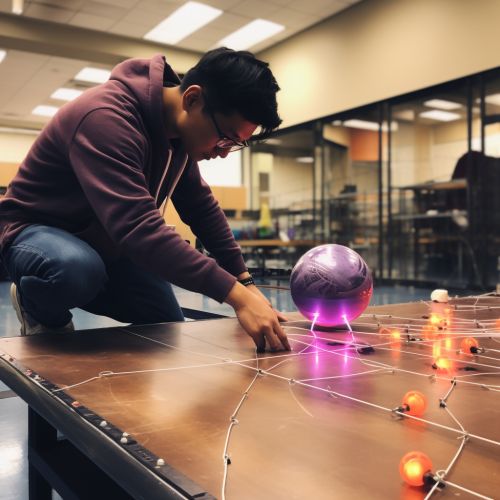Calculus
Introduction
Calculus is a branch of mathematics that studies continuous change. It is a fundamental part of modern science and engineering, and has applications in a wide range of fields, from physics and computer science to economics and statistics.

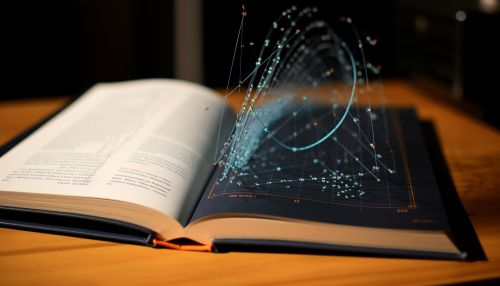
History
The origins of calculus can be traced back to ancient times, with the ancient Greeks making significant contributions to the field. However, the modern form of calculus as we know it today was developed in the 17th century by two mathematicians, Sir Isaac Newton and Gottfried Leibniz, independently of each other.

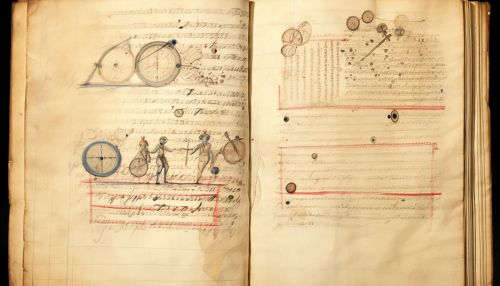
Concepts
Calculus is divided into two main branches: differential calculus and integral calculus.
Differential Calculus
Differential calculus is concerned with the concept of a derivative, which measures how a function changes as its input changes. It is used to solve problems involving rates of change and motion, and is fundamental to many areas of physics and engineering.

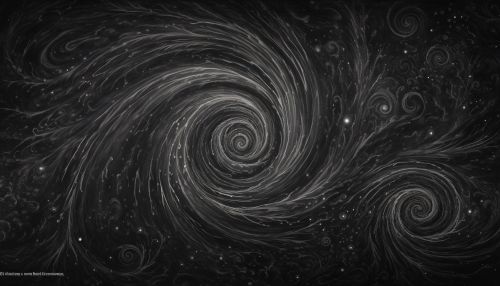
Integral Calculus
Integral calculus, on the other hand, deals with the concept of an integral, which can be thought of as the area under a curve. It is used to calculate quantities such as area, volume, and total change.
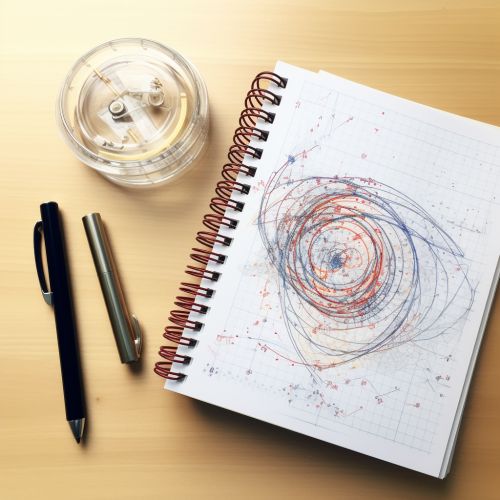
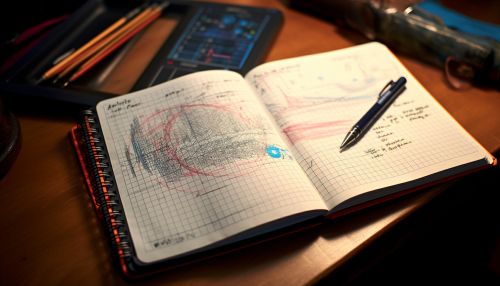
Applications
Calculus is used in a wide range of fields and disciplines. In physics, it is used to describe the motion of objects and the forces acting upon them. In engineering, it is used to design and analyze systems and structures. In economics, it is used to model and predict economic behavior. In computer science, it is used in algorithms and data analysis.
